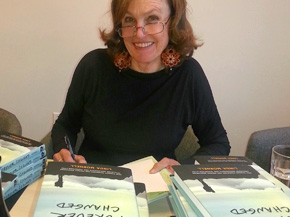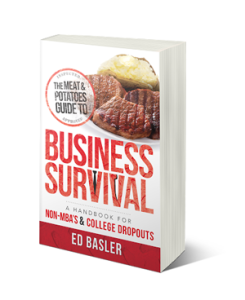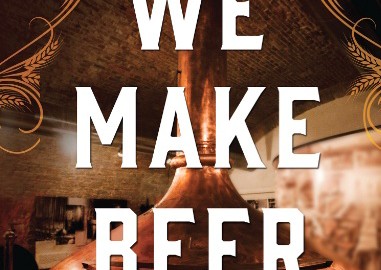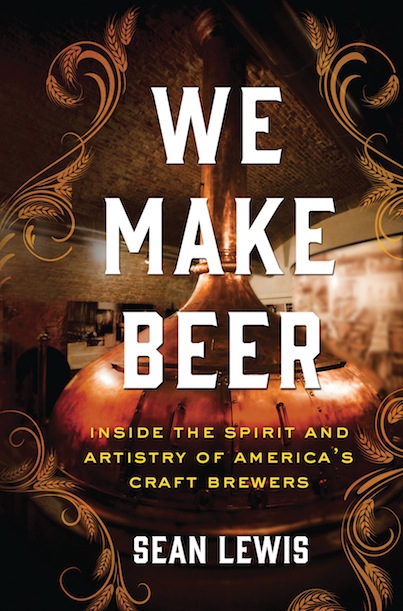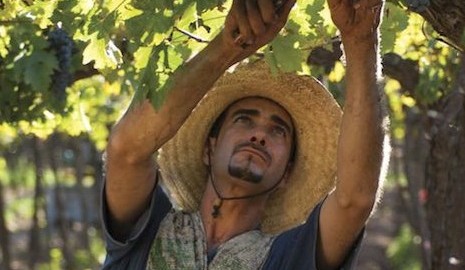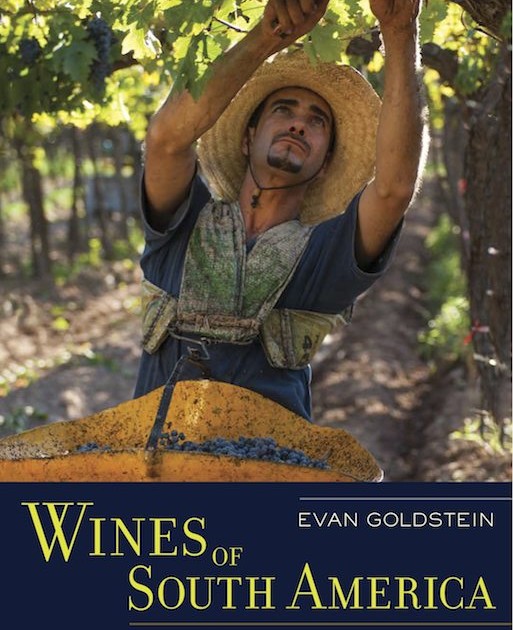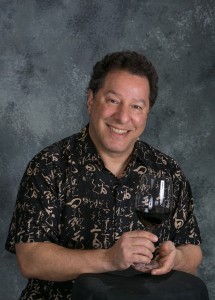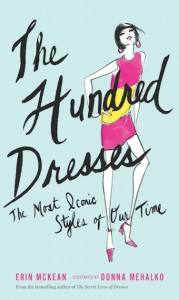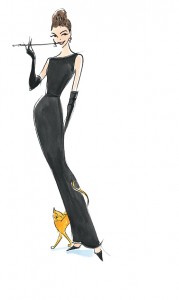Teens Can Beat Stress with these Skills
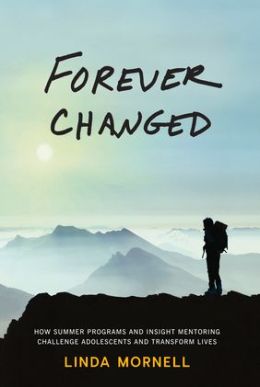 Teens are stressed, everyone knows that. But there are ways to manage the stress and overcome it so you can enjoy life and look forward to the future.
Teens are stressed, everyone knows that. But there are ways to manage the stress and overcome it so you can enjoy life and look forward to the future.
Says Linda Mornell, founder of the highly effective nonprofit organization Summer Search (www.summersearch.org),”“During the physical, emotional and intellectual explosions of the adolescent years, it’s critical that teenagers develop a belief in their own ability to succeed,”
Mornell, who is also is author of the book Forever Changed: How Summer Programs and Insight Mentoring Challenge Adolescents and Transform Lives, adds that “People who truly believe they can perform well are more likely to view difficult tasks as something to be mastered rather than something to be avoided.”
Here are just five of the many skills Mornell says can make a difference.
• Learn to listen. The willingness to listen is a direct reflection of how much we value each other, Mornell says, and being listened to reduces stress. “Nothing teaches young people more about how to become good listeners than having a mentor or other adult who consistently and intently listens to them,” she says. “The ability to listen with intention and compassion creates and enhances qualities like curiosity, empathy and altruism.”
• Understand and manage stress. Recent research indicates that the adolescent brain is highly sensitive to stress. It is essential that young people understand the role stress plays in their lives and the difference between healthy and unhealthy outlets for handling that stress. Healthy outlets for stress include exercise, talking, crying, creative pursuits and venting anger through words and exercise in safe environments. Unhealthy outlets include withdrawing and bottling up feelings, overeating or restricting food, inappropriate aggressive behavior, relying on passive activities like TV and video games, alcohol and drug use, premature sexual activity, and blaming others.
• Embrace anger. Young people (and perhaps adults as well) who want to achieve success often try to keep a lid on negative emotions, Mornell says. Yet Mornell, who worked as a psychiatric nurse, has seen despondent patients find relief when they are given permission to appropriately vent their anger and frustration. “We definitely see that with Summer Search students as well,” Mornell says. “They consistently feel better when their mentors help them talk about rather than swallow their frustrations.”
• Reject the victim mentality. Many young people struggle at times with feeling like victims. That especially can be the case for those growing up in poverty. “In truth, they often are victimized,” Mornell says. “They may live in a dangerous neighborhood with highly stressed and single-parent families, and every day they are confronted with the harsh realities of poverty.” The challenge, she says, is for young people to separate their experience of literally being a victim from the tendency to develop a victim mentality. They can’t control the former, but they can control the latter.
• Value humor. Adolescents are turned off by sarcasm from adults, but they have a great appreciation for humor. “If a mentor and a student can start poking fun at each other, the friendly teasing can lead to a closer and more trusting relationship,” Mornell says. “Learning to laugh at oneself is an important skill for us all.”


